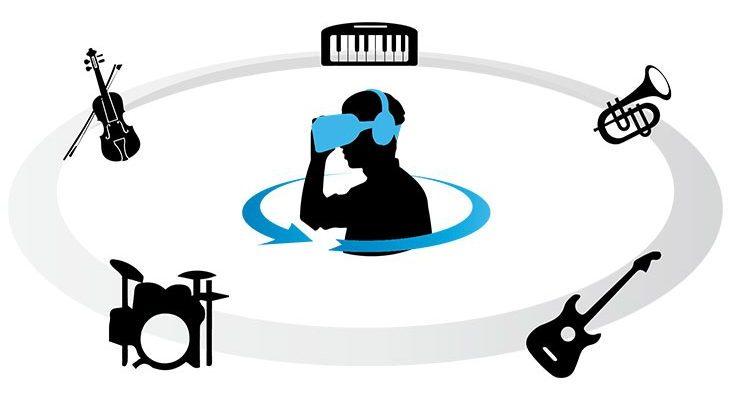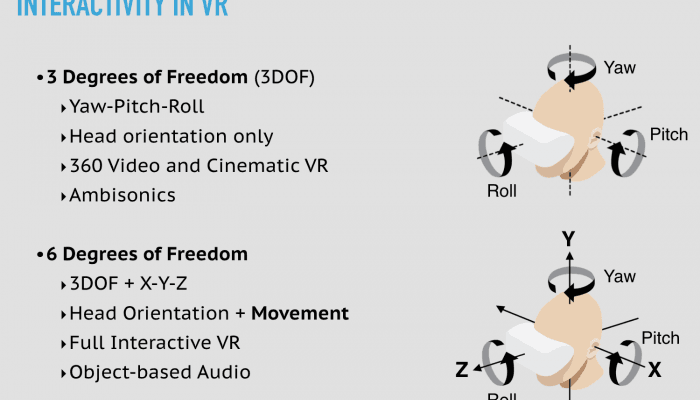Futuresound: Will Accuracy Overcome Familiarity For VR Audio?
Futuresound: Will Accuracy Overcome Familiarity For VR Audio?
John Dewey, who is known for exploring the philosophy of pragmatism, proposed that experience is based on two principles. The first concept of continuity explains that all experiences affect future experiences, for better or for worse. Experiences, therefore, are not independent of each other nor are they one-time events — each one has a relationship to something that happened in the past or will affect something in the future. For example, the fact that you are finally watching a VR piece is related to the fact that you recently got a membership for a VR content subscription service like Wevr’s Transport VR. Or maybe your enjoyable experience of The Mummy VR Zero Gravity Stunt Experience inspired you to go watch The Mummy movie in theaters.
Within this continuity framework, the VR listening experience has the potential to be very confusing. The way you hear sounds in VR might be totally different from the way you have been listening in the real world or while consuming more traditional content. At a concert or a conference, you see where the sound is originally generated from — the musician or the lecturer. However, unless you’re a VIP every time, you are actually hearing the sound from loudspeaker locations and not from the actual sound sources. This discrepancy also occurs when you watch something at the theater. The screen, filled with things that are responsible for the sound, is placed at the front while the sound is actually projected from speakers in various locations. Fundamentally, however, people are familiar with this listening experience — visuals are in front of them and sounds don’t necessarily match what they’re seeing.
Discrepancy in sound perception
We build new knowledge through experiences and all of our current knowledge is based on the experiences that came before. Even our imagination, a realm that is not physically accessible in the real world, is influenced by previous experiences. The more experiences we have, the more creative we can try to be.
Consuming different styles and concepts of VR content will be the key to building our experience base moving forward. We might learn that positioning ambient sound to the sides is more comfortable than spreading it throughout the entire scene. We might learn that volume manipulation could be effectively used to help people adjust more easily to this relatively strange listening experience. Or the decision might still fall down to familiar but false or strange but true, and even then, only after thousands and thousands of experiences have been accumulated.

